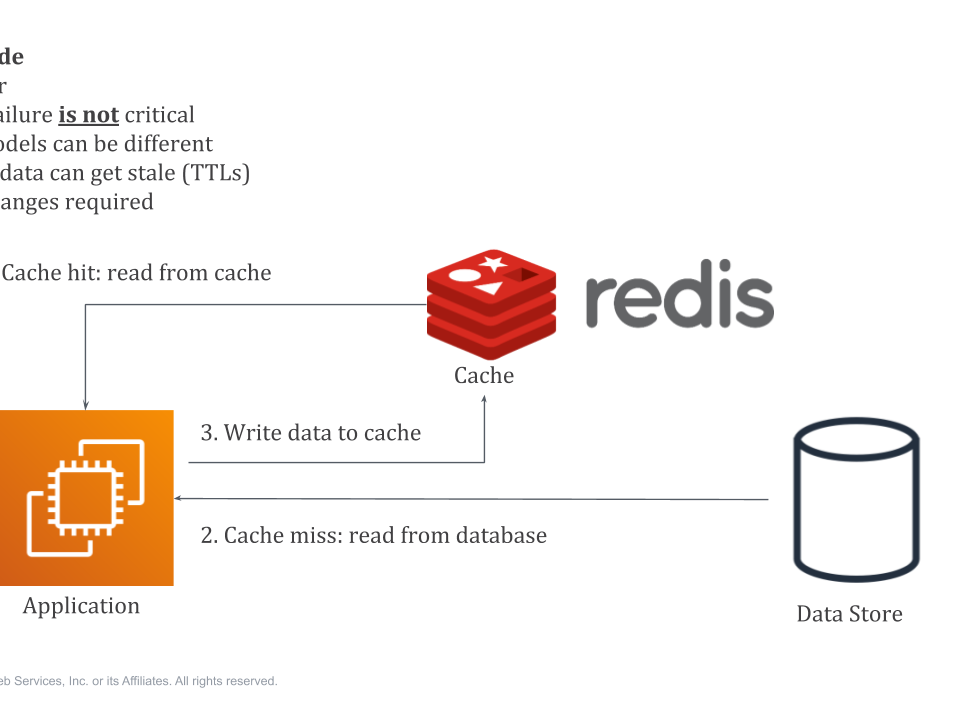What is AWS Amplify?

HTML5 Most Important Features Every Web Designer Should Know
5th November 2022
How To Incorporate A Flexible Work Week Without Losing Productivity
8th November 2022AWS Amplify is a full-suite platform developed to aid web and mobile developers in building full-stack and scalable applications operated by AWS.
The platform comes with a plethora of tools and services that allow users to configure backends, connect apps, deploy static web apps instantaneously, and manage content external to the AWS console seamlessly.
AWS Amplify was launched in 2017 and is a full-suite package of tools and services specifically designed to help developers create and launch apps with ease.
It can also include code libraries, ready-to-use components, and a built-in CLI. This tool’s most significant benefit is that it allows you to integrate a myriad of functions quickly and securely for everything from API to AI.
Another reason behind the launch of AWS Amplify is the user experience. User experience on any application is the most integral component that needs to be taken care of. AWS Amplify was built to unify the UX across multiple platforms, including web and mobile.
It provides users with the flexibility to select the platform they are most comfortable building with and is especially beneficial when it comes to front end development. Most Amplify users also claim that it makes full-stack development much more comfortable with its scalability factor.
How does Amplify integrate with other AWS Services?
AWS Amplify offers the User Interface elements for cloud-connected workflows, CLI toolchain and code libraries.
To integrate with other AWS services, these libraries can be employed mutually or independently without needing to adjust the UI of the existing app. In simple terms, the combination of an existing frontend app with Amplify can be done by adding a few code lines.
There are few approaches when uniting an actual frontend application with AWS Amplify, like doing a complete backend rebuild that can be done by using the Amplify toolchain to rebuild resources. To learn more on how to integrate AWS Amplify with other AWS services, please read:
Integrating Existing Applications Into DevOps with AWS Amplify
The Top Features of AWS Amplify
AWS Amplify provides the capability of building a variety of apps like iOS, Android, React Native, Flutter, React, and Vue that can easily communicate with the AWS services via the AWS Amplify Framework. Let us examine the most popular web hosting features that AWS Amplify currently offers:
- Authentication
It is straightforward to create onboarding flows with a fully managed user directory and pre-built sign-up, sign-in, forgot password, and multi-factor authorization workflows with AWS Amplify. It also supports logging in through social media tools like Facebook, Google, or log in with Amazon. Fine-grained access control to mobile and web applications is also present, which is powered by Amazon Cognito.
- Store and Sync Data Securely
AWS Amplify lets you securely sync and store data seamlessly between applications with the help of Amazon AppSync and Amazon S3. It also allows for easy offline synchronization.
- Quick Backend Updates
Due to the serverless nature of AWS Amplify, making changes to back-end related functions has gotten much easier. This saves time that used to be previously spent on configuring and maintaining back-end features.
- DataStore
AWS Amplify also provides DataStore capability, which offers a programming model for leveraging shared and distributed data without having to write additional code both for offline and online use cases. The result is a distributed and cross-user data, which is as simple as working with local-only data.
- Deployment and App Development
AWS Amplify promotes faster app development and is also very useful for continuous deployments.
- Machine Learning and AI Requirements
AWS Amplify is very useful in the implementation of Machine Learning and AI-related requirements as it is powered by Amazon Machine learning services like Amazon SageMaker. You can easily create use cases like text translation, speech generation from text, interpretation, and transcribing of text, to name a few. It also enables simplified orchestration of advanced use cases like uploading images for automatic training etc.
- Analytics
AWS Amplify can be used to achieve auto-tracking, which can track user sessions and web page metrics for analytics. You can retrieve real-time data streams and analyze the data to build robust marketing strategies to increase customer adoption, engagement, and retention rates. This capability is powered into Amplify through Amazon Pinpoint and Amazon Kinesis.
- Interactions
With just a single line of code, AWS Amplify lets you build interactive and engaging conversational bots with similar deep learning technologies that run Amazon Alexa. Great user experiences can be created through chatbots when tasks like automated customer chat support and product information and recommendations need to be performed.
- PubSub
Sending messages between your app instances and the backend is now possible with AWS Amplify, giving you the ability to create real-time interactive experiences.
- Push Notifications
Marketing and analytics capabilities are ingrained in AWS Amplify that let you target customers more effectively. Tailoring your content and communicating through multiple channels like email, texts, and push notifications is now possible and is powered through Amazon Pinpoint.
- Storage
Storing and managing user-generated content, including photos and videos, securely on your device or the cloud is now possible thanks to Amplify. It provides a simple mechanism for managing user content in three types of storage buckets, namely public, protected, or private buckets.
Also, the capability of scaling your applications in the cloud makes it easy to take your application from prototype to production with ease. Amazon S3 powers this capability.
AWS Amplify Pricing
AWS Amplify comes with the following price structure:
- Free Tier: This is one of the first payment methods which can also be called the trial period of 12 months.
- Pay As you Go Model: After the first 12 months, the free tier is converted to a pay as you go model which means you start paying for whatever you use.
Here is a pricing breakdown of all the services included in the pay as you go model:
The components and libraries of the framework are free. The good thing is payment is only required for the services you are utilizing to develop and deploy your app. For example, if S3 is your storage model for Amplify, you will only pay for the regular S3 fees and nothing else.
For app development, deployment, and hosting, the AWS Amplify free tier comes in handy and can be used for 12 months, along with a few restrictions. Afterward, you will need to pay $0.01 per minute of build, $0.023 per GB of storage monthly, and for every GB used, the cost comes down to only $0.15.
Related Blogs click
For More Information Contact Xpertlab





